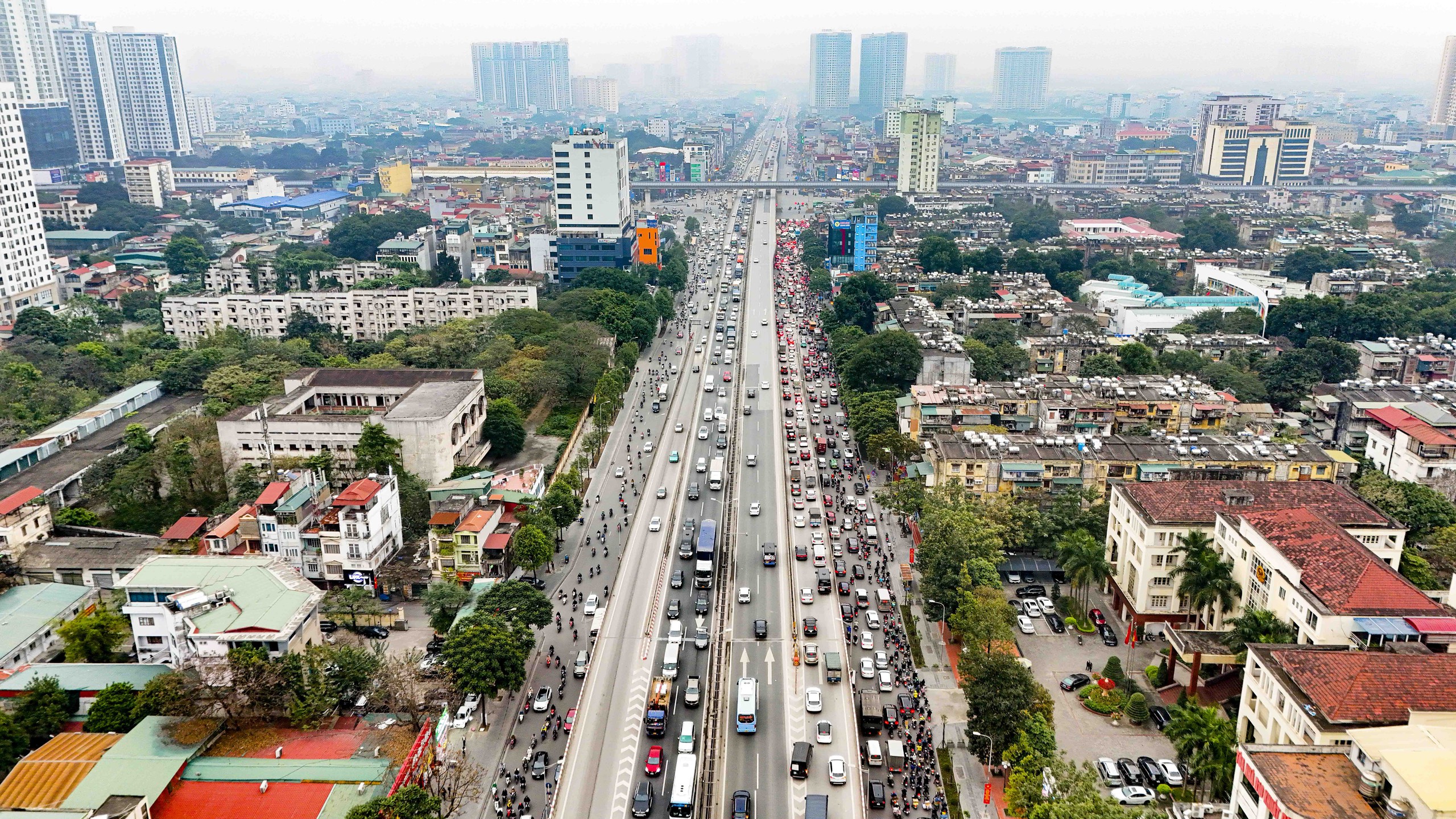
The 3rd ring road in Hanoi is about 65 km long, passing through districts and municipalities: Gia Lam, Long Bien, Hoang Mai, Thanh Tri, Thanh Xuan, Nam Tu Liem, Cau Giay, Bac Tu Liem, and Dong Anh. This is an important transportation route in the capital city of Hanoi. According to Appendix N accompanying the National Technical Standard QCVN 41:2016/BGTVT, the 3rd ring road is a highway, code CT.20.
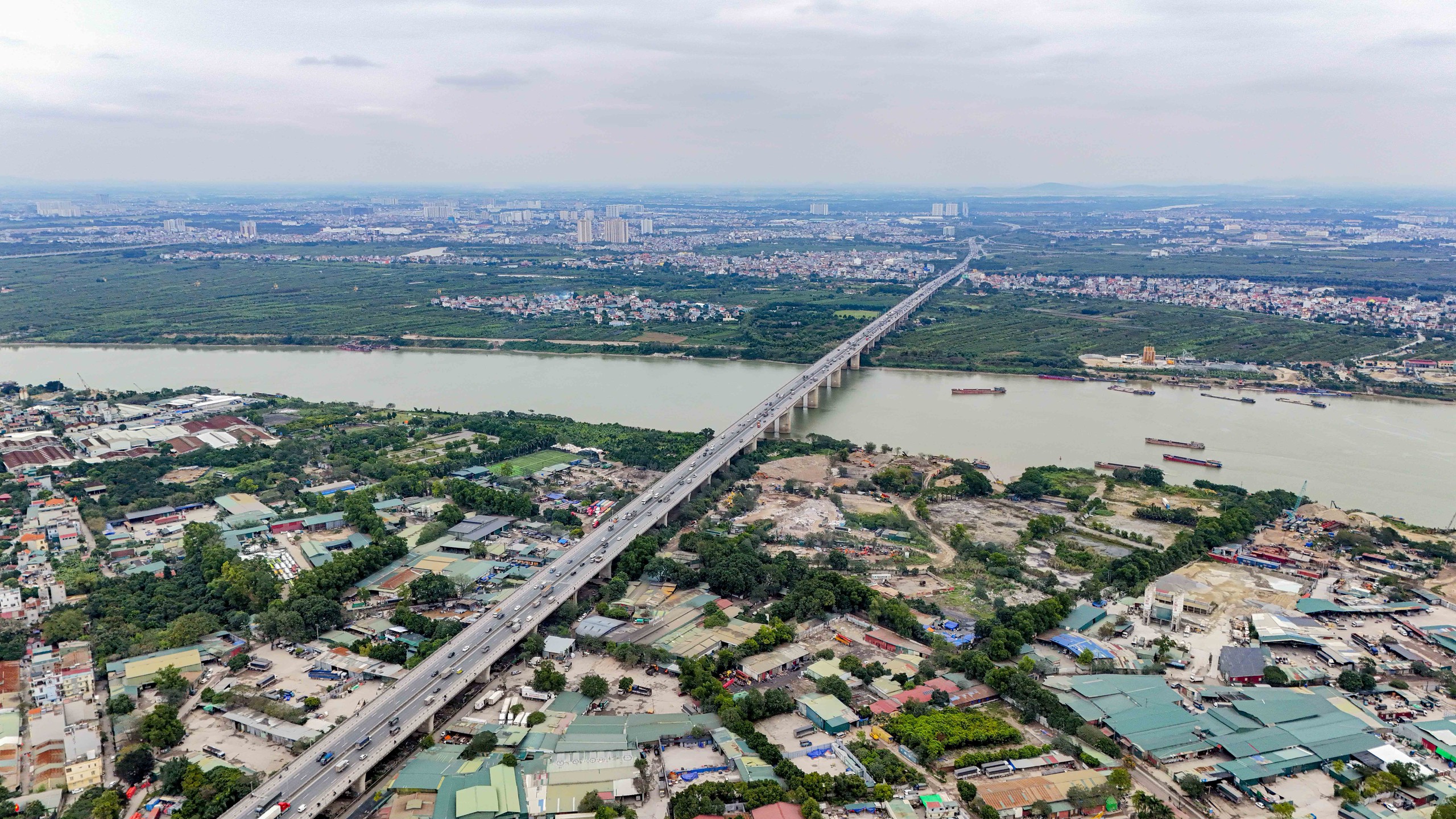
The 3rd ring road is actually a combination of several existing roads such as Vo Van Kiet, Pham Van Dong, Pham Hung, Khuat Duy Tien, Nguyen Xien, Nghiem Xuan Yem, Phap Van bridge, Thanh Tri bridge, the new section of National Highway 1A from Thanh Tri bridge to Ninh Hiep, and three major bridges: Thanh Tri bridge as shown in the picture, Thang Long bridge, and Phu Dong bridge.
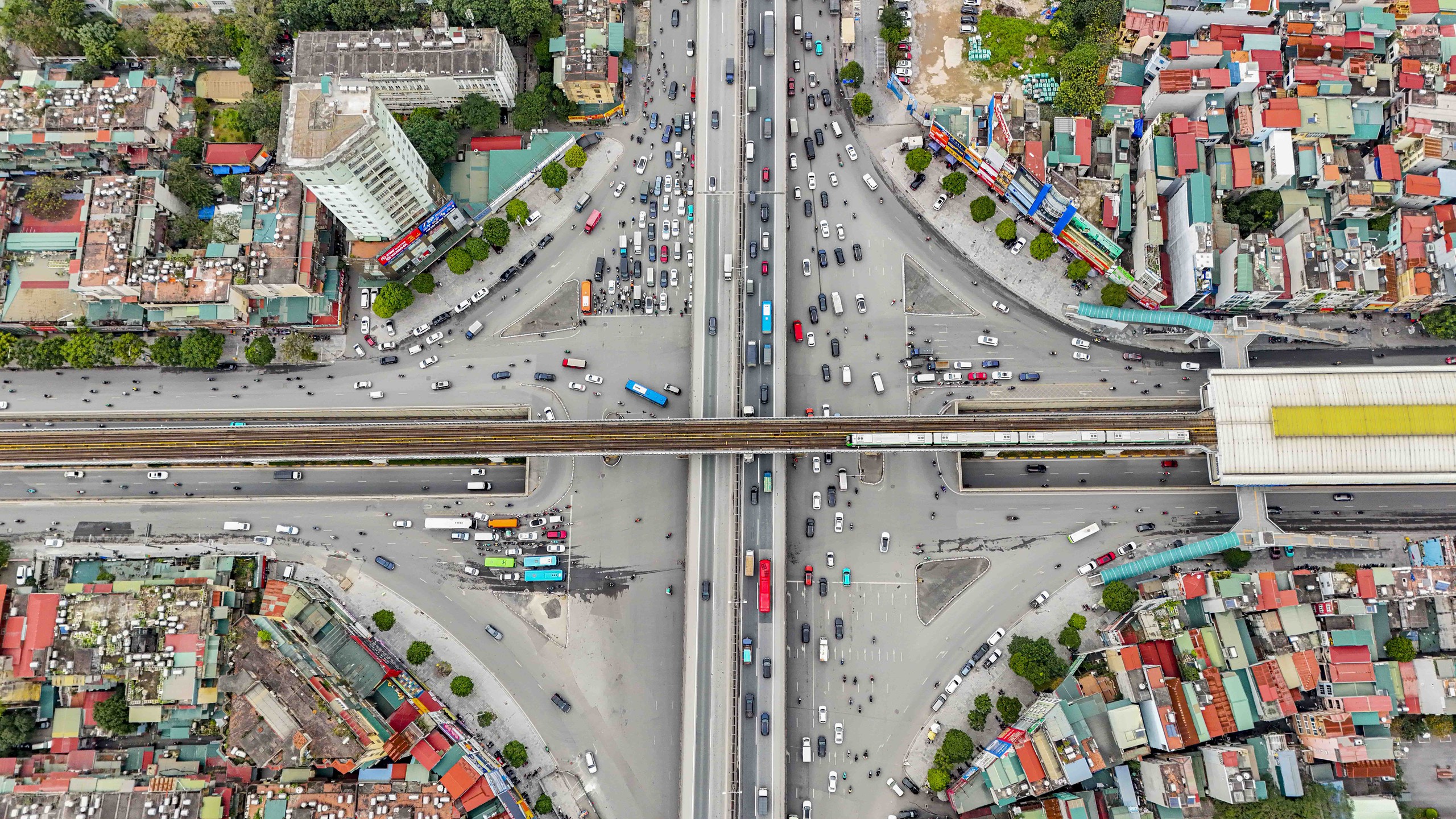
Although considered a highway, the 3rd ring road in Hanoi has 7 intersections within a 18 km radius. Among them, at km 0 is the Mai Dich intersection with National Road 32 (Ho Tung Mau – Xuan Thuy); at km 0.78 is the Mai Dich intersection with the section of Pham Hung road; at km 3.7 is the intersection between Trung Hoa (Cau Giay district), Tran Duy Hung road and Thang Long Boulevard; at km 5.7 is the intersection between Thanh Xuan district and National Road 6 (the section passing through Nguyen Trai) as shown in the picture.
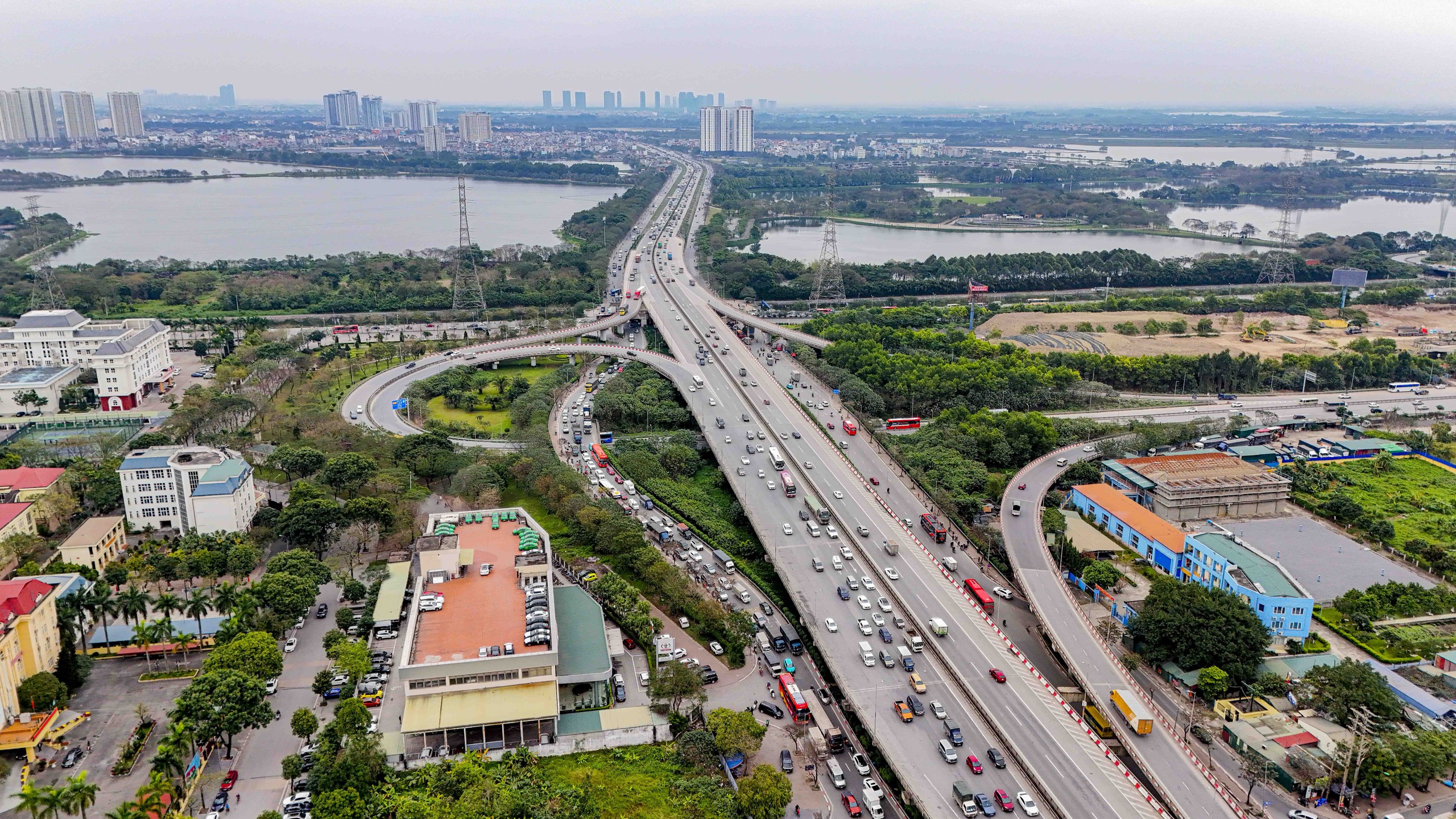
At km 7.4 is the Dai Kim intersection with National Road 21C; next at km 11.7 is the intersection between Phap Van – Cau Gie expressway and Phap Van as shown in the picture; continuing at km 13.9 is the intersection between Tam Trinh and Tam Trinh road. Finally, at km 16.9 is the intersection between Linh Nam and Linh Nam road.
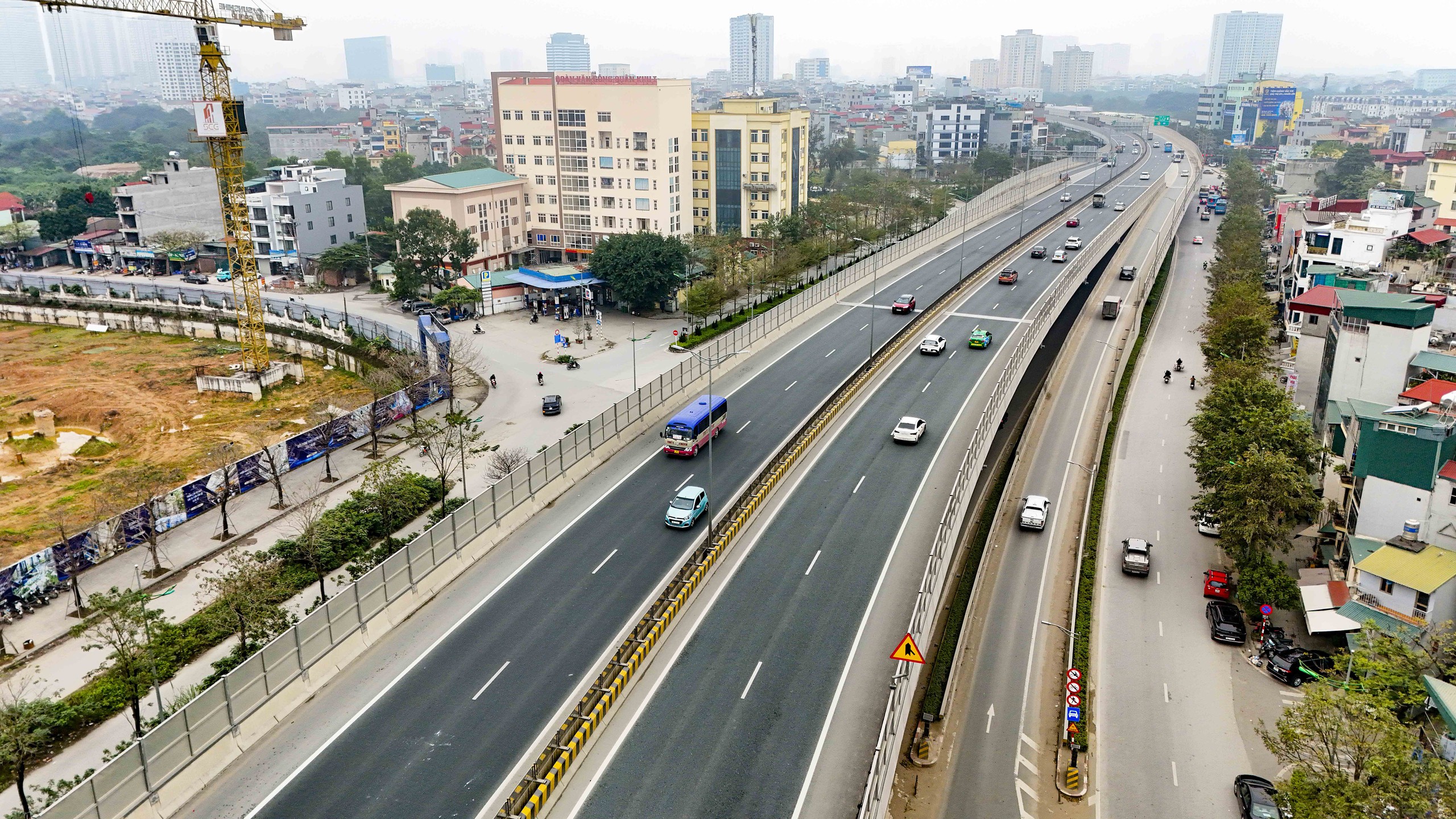
Meanwhile, highways have very strict regulations on the distance between interchanges to ensure a design speed of 80 to 120 km/h. Specifically, according to the Vietnamese Standard (TCVN 5729 issued in 2012) for highways, the distance between interchanges (i.e., the distance between the highway entrance and exit) should be arranged from 15 km to 25 km, except for highways in the vicinity of major cities and important industrial zones, where this distance can be arranged from 5 km to 10 km. Therefore, the density of intersections on the 3rd ring road is twice the minimum standard.

Statistics from the Hanoi Department of Transportation showed that the amount of traffic on the elevated 3rd ring road is now 8 times higher than the design capacity, with nearly 125,000 vehicles traveling on the elevated road every day, while the initial design of the route only catered to 15,000 vehicles per day and night. Especially during holidays and Tet, the number of vehicles increases significantly, leading to overloaded infrastructure. The picture shows the Mai Dich intersection.
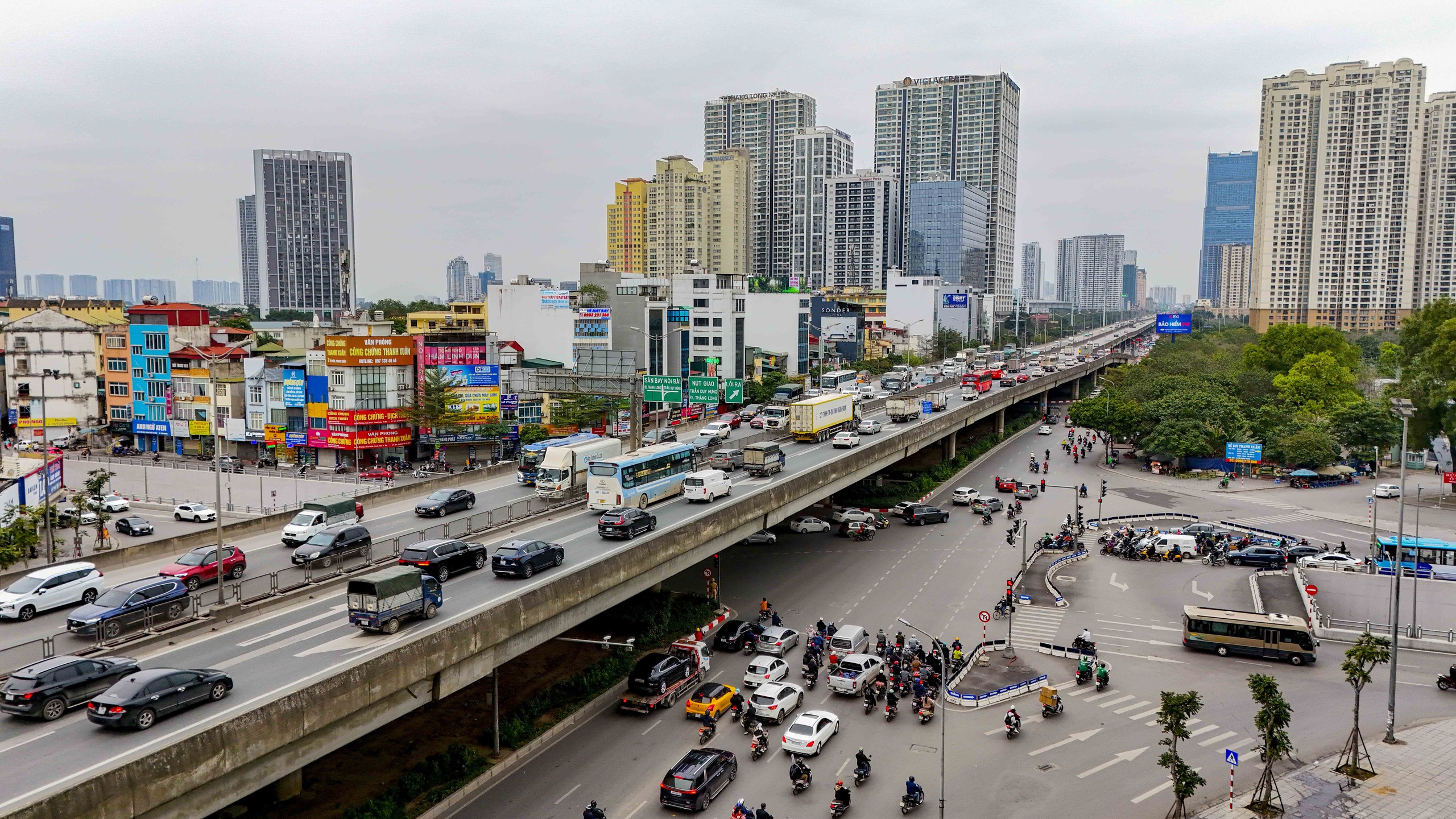
The 3rd ring road has a large volume of traffic due to cross-province transportation demand from southern provinces to the north, west and vice versa, passing through Hanoi. At the same time, the development of urban areas and the rapid increase in private vehicles have gradually turned the 3rd ring road in Hanoi into an urban road instead of a highway.

In response to this situation, Hanoi has implemented various solutions such as remote traffic control, banning or restricting heavy-duty trucks from entering the road during certain hours. However, the effectiveness has not been high.
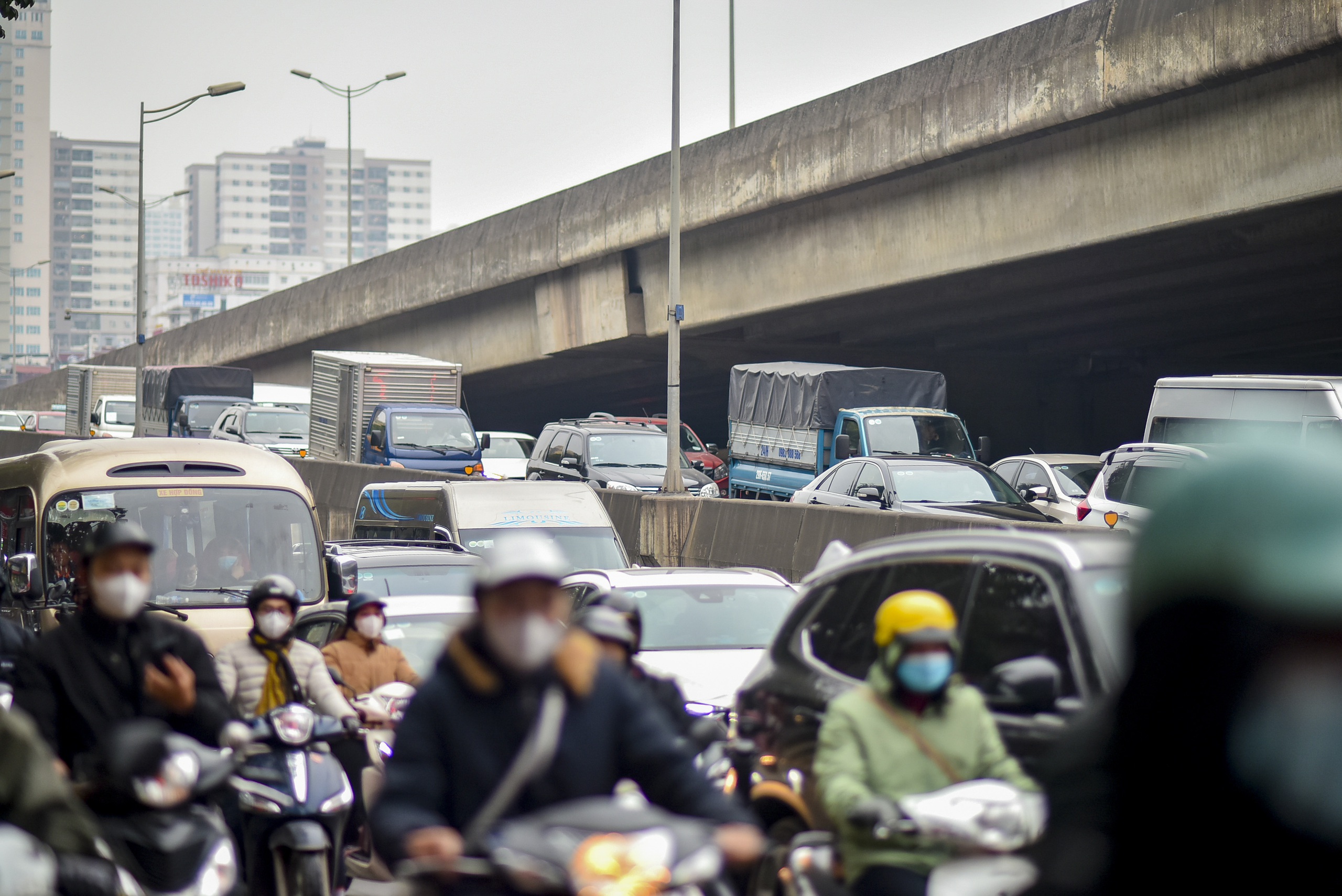
With the dense network of intersections on the 3rd ring road and the large volume of vehicles, this road is often congested. Outside of rush hours, the speed can only reach 50 – 60 km/h.
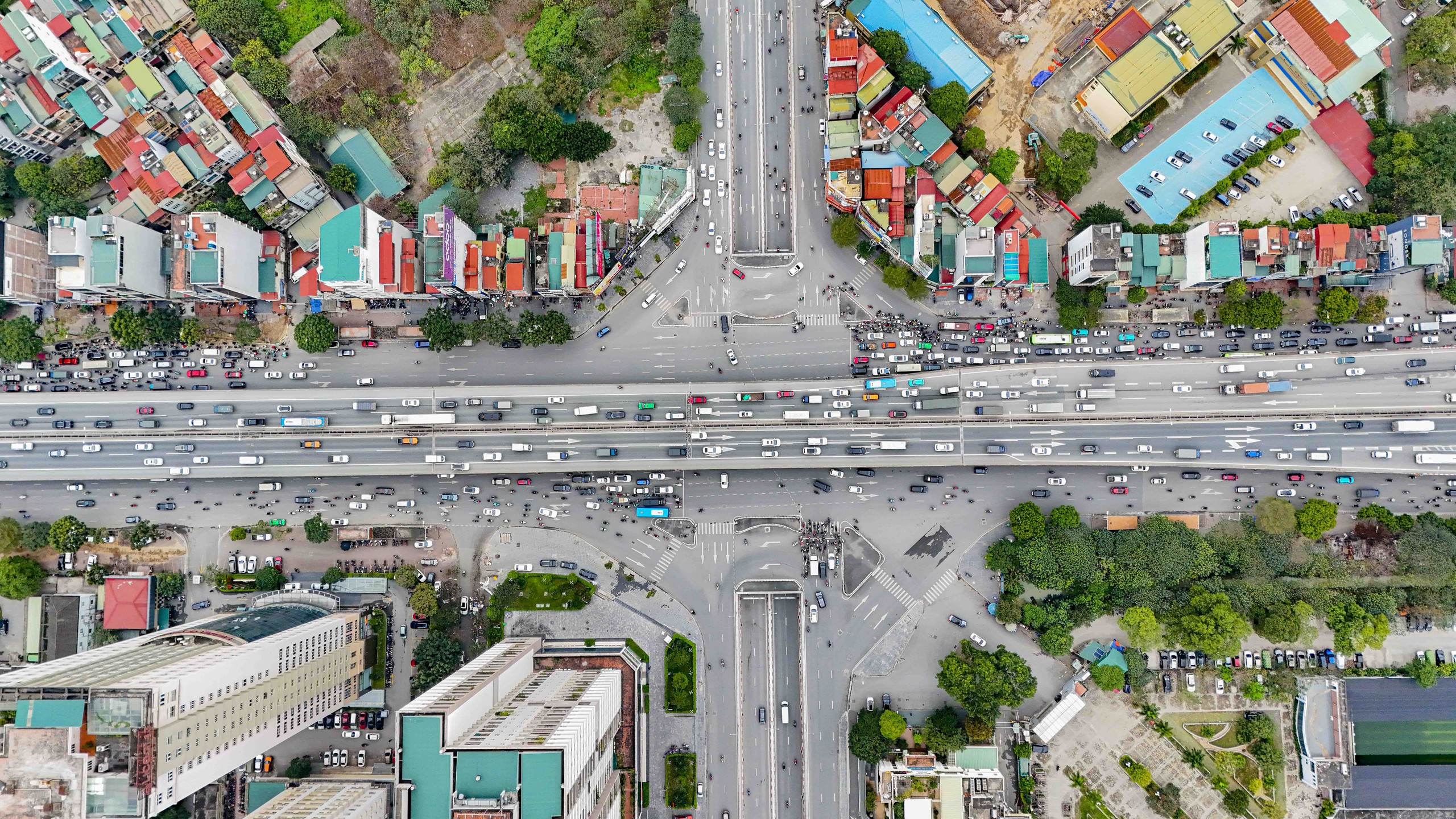
The 3rd ring road is under significant pressure as it serves as the central hub for traffic flows in Hanoi. In the future, when the 4th ring road – Hanoi Capital Region is completed and put into operation, it will help alleviate the current congestion on the 3rd ring road.









































